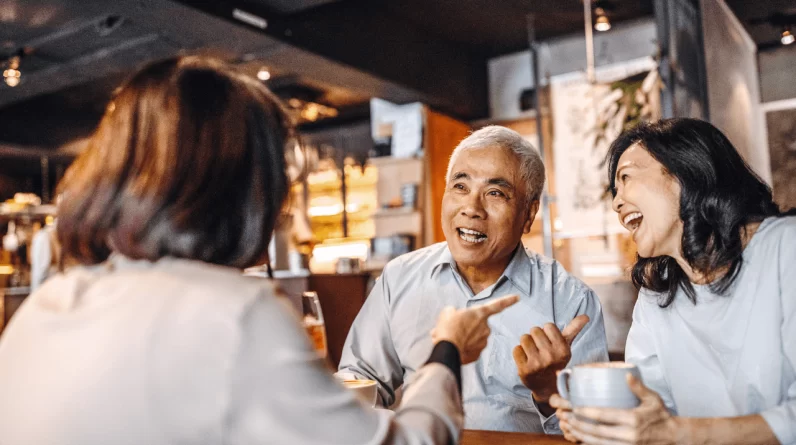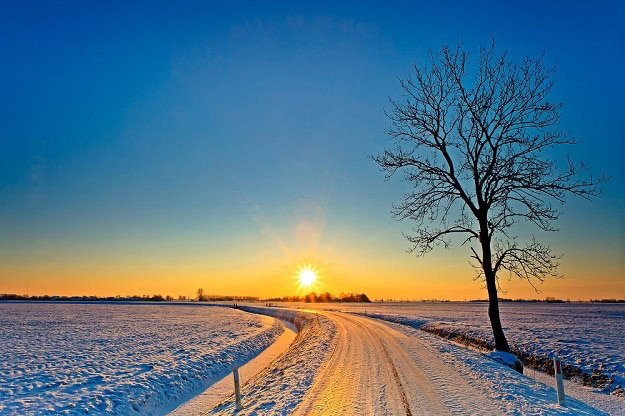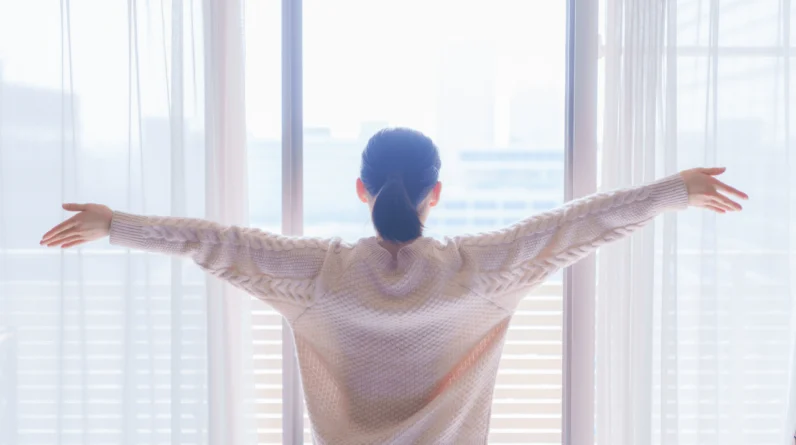
The 80-100 years on this planet that most of us are granted go by in a blink.
Life is short. There’s no denying it. And in recent years, this reality has led to an increasing focus on extending longevity and well-being.
Maybe you’ve even watched the Netflix doc “Live to 100: Secrets of the Blue Zones.” It’s captivating to say the least!
Or maybe you haven’t. Either way, this article is going to dive into what we can learn from the Blue Zones.
Have these unique pockets across the globe managed to crack the code of living longer and healthier lives?
Blue Zones remind us that longevity isn’t just about adding years to life but adding life to years. The goal is not merely to live longer but to live better and to remain active, engaged, and fulfilled throughout our lives!
What Are the 5 Blue Zones?
Blue Zones are specific regions around the world where people live significantly longer and healthier lives compared to the global average.
The term was coined by Dan Buettner, a National Geographic fellow and author, who, along with a team of demographers, identified five areas with an unusually high concentration of centenarians—people who live to be 100 years or older.
These five Blue Zones are:
- Okinawa, Japan
- Sardinia, Italy
- Nicoya, Costa Rica
- Ikaria, Greece
- Loma Linda, California, USA
What makes these zones so special isn’t just the longevity of their inhabitants but also the quality of life these individuals enjoy well into their golden years.
People in Blue Zones tend to remain:
- active
- engaged in their communities
- relatively free from the chronic diseases that plague much of the developed world
So… with all of that, what are they doing exactly to live so long and well?
What Are the Secrets of Blue Zone Longevity?
Surprisingly, these Blue Zones don’t do anything outlandish—like crazy blood transfusions, biohacking strategies, or the ingestion of rare herbs. In fact, most of their habits come down to doing the basics that we’re constantly told are good for us. So, here are the seven things we can learn from them!
1. The Power of Plant-Based Diets
One of the most striking commonalities across Blue Zones is the prevalence of plant-based diets.
While not strictly vegetarian, the majority of calories in these regions come from plant sources. Think beans, whole grains, and vegetables, which form the cornerstone of most meals, with meat consumed sparingly, often as a side dish or flavoring.
In Okinawa, for instance, the traditional diet is rich in sweet potatoes, soybeans, and a variety of vegetables. The Sardinian diet features whole-grain bread, beans, and garden vegetables. This plant-centric approach provides a wealth of nutrients, fiber, and antioxidants while minimizing the intake of processed foods and excessive animal products.
2. The Importance of Natural Movement
In Blue Zones, exercise isn’t something people do; it’s simply part of their daily lives.
Rather than hitting the gym, inhabitants of these regions engage in constant, low-intensity physical activity through gardening, walking, or manual labor.
For example, in Ikaria and Sardinia, the mountainous terrain naturally encourages walking. In Okinawa, many older adults practice Tai Chi, a gentle form of exercise that promotes balance and flexibility.
The key is consistent, natural movement integrated into daily routines—which, let’s face it, can be extremely tough with a desk-based job. But it’s not entirely impossible with a bit of conscious effort and reminders!
3. The Value of Purpose
“Ikigai” in Okinawa and “plan de vida” in Nicoya both translate roughly to “reason for being.” In the Blue Zones, having a strong sense of purpose is associated with adding up to seven years to one’s life expectancy.
Whether it’s:
- caring for grandchildren
- contributing to community projects
- or pursuing a lifelong passion
inhabitants of Blue Zones tend to have a clear reason to get up in the morning. This sense of purpose provides meaning, direction, and motivation well into old age. And this can help individuals maintain good health, too.
Related Article: What is Ikigai? The Secret to Finding Your Life’s Purpose From Within
4. The Significance of Social Connections
Strong social networks are a hallmark of Blue Zone communities.
In these regions, people are often part of close-knit families and social circles that provide emotional support, shared experiences, and a sense of belonging.
In Okinawa, people form “moais”—groups of lifelong friends who support each other through life’s challenges. Sardinia sees multiple generations often living together or in close proximity, fostering strong family bonds.
And this isn’t exactly new: An infamous Harvard study on happiness also showed how social connection was key to living a long, happy, and healthy life.
5. The Role of Stress Reduction
While not immune to stress, Blue Zone inhabitants have culturally ingrained ways of shedding stress regularly.
- In Ikaria, people take time for afternoon naps.
- Sardinians enjoy happy hour with friends and family.
- And Okinawans take a few moments each day to remember their ancestors.
These practices help manage stress levels, which is crucial for long-term health. Chronic stress has been linked to numerous health issues, including heart disease, diabetes, and cognitive decline. Thus, it’s undeniably important!
6. The Moderation in Eating
Blue Zone inhabitants practice calorie restriction, often unintentionally.
The Okinawan practice of “hara hachi bu”—eating until you’re 80% full—is a prime example. Numerous studies have linked this natural form of calorie restriction to longevity.
Additionally, people in Blue Zones tend to eat their smallest meal in the late afternoon or early evening and then don’t eat for the rest of the day. This practice aligns with recent research on the benefits of intermittent fasting.
So, what does this mean for the rest of us?
Well…. It’s pretty simple: Stop eating when you feel mostly full rather than completely stuffed. And consider adopting a pattern of earlier, lighter dinners!
Related Article: A Beginner’s Guide to Intermittent Fasting – How Effective is It & 9 Tips to Follow
7. The Importance of Community and Faith
Most people in the Blue Zones belong to some faith-based community.
However, the specific religion doesn’t seem to matter as much as the sense of community and shared values that religious participation provides.
Moreover, these communities often promote behaviors that enhance longevity. The Seventh-day Adventists in Loma Linda, for instance, advocate for a healthy lifestyle as part of their faith, abstaining from alcohol and tobacco and promoting a vegetarian diet.
Applying Blue Zone Wisdom in Modern Life
While we can’t all move to a Blue Zone, we can certainly incorporate many of their lifestyle practices into our daily lives.
The beauty of these lessons is their simplicity and accessibility.
You don’t need expensive equipment or radical life changes to benefit from the wisdom we can gain here!
Start small by:
- adding more vegetables to your meals
- taking daily walks
- reaching out to friends and family regularly
- finding a community group to join
- or starting a meditation practice
One baby step at a time!
Over time, these small changes can add up to significant improvements in health and well-being.
Lastly, Blue Zones remind us that longevity isn’t just about adding years to life but adding life to years. The goal is not merely to live longer but to live better and to remain active, engaged, and fulfilled throughout our lives!
Read Next: 5 Life Changing Japanese Philosophies You Need to Try







